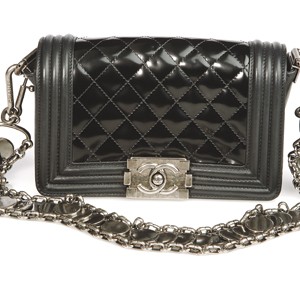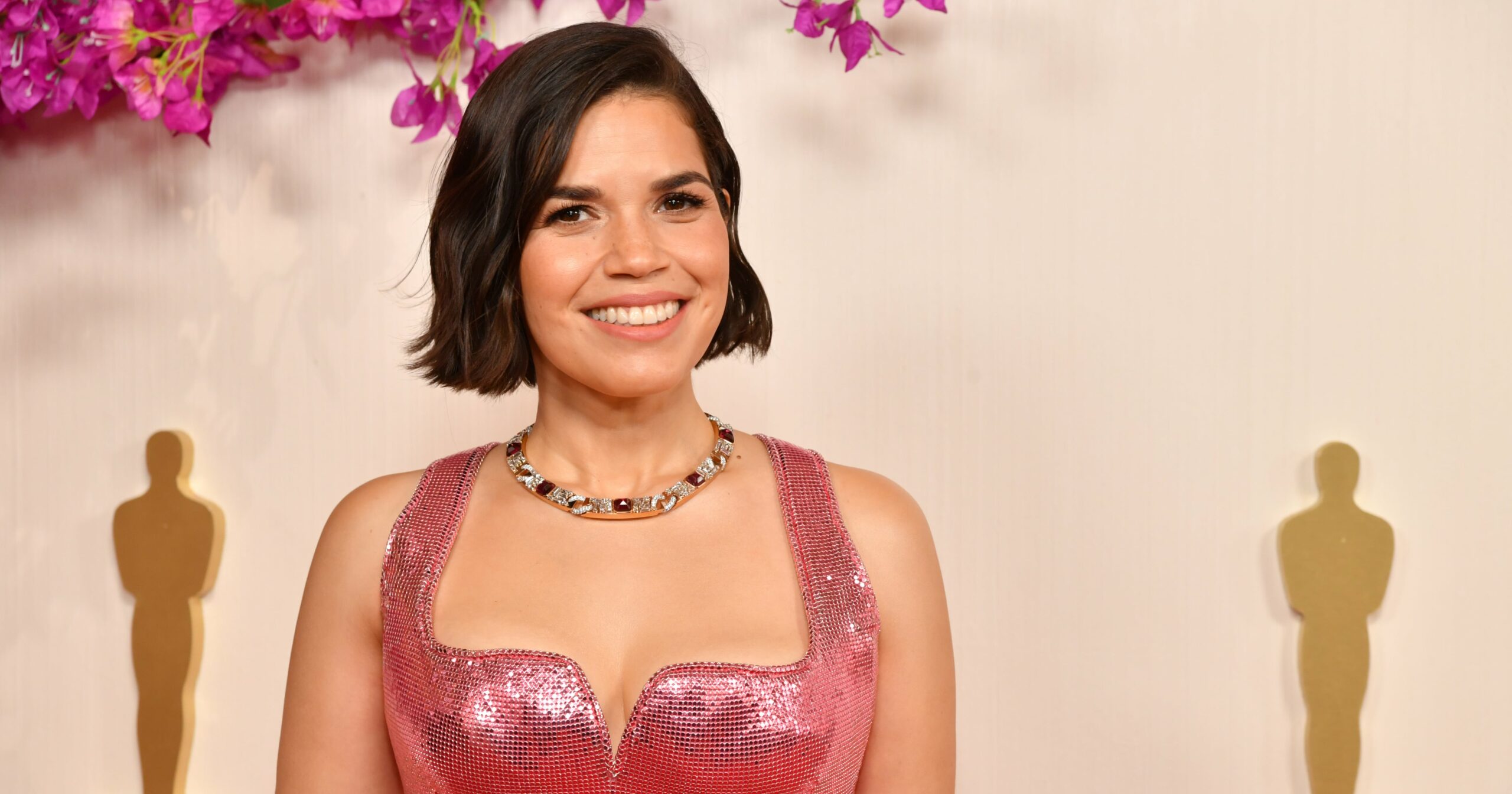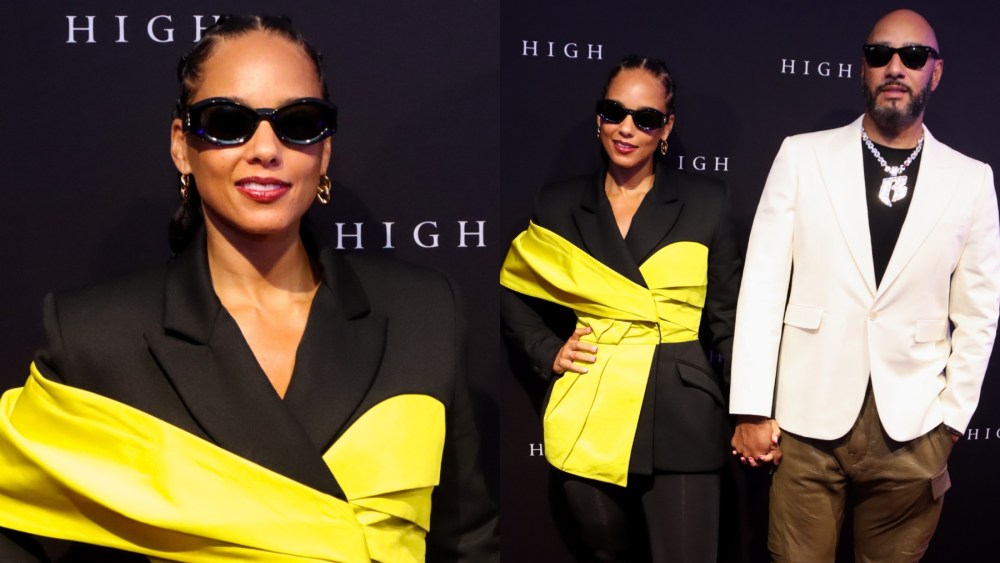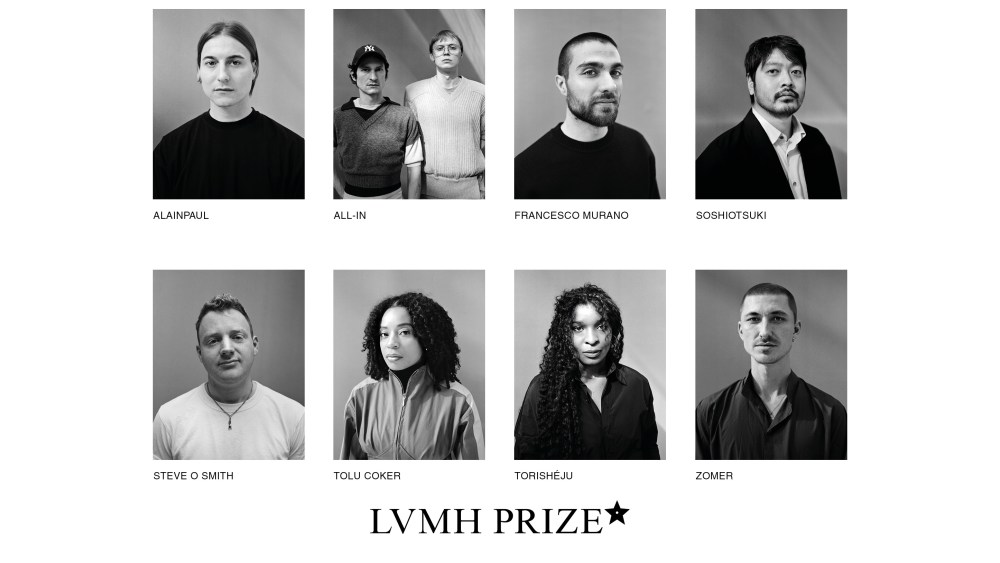After weeks of testimony, the court battle between Chanel and What Goes Around Comes Around is nearing the end, with the jury expected to start deliberating Monday.
Chanel filed a lawsuit against the New York-based resale company in March 2018, alleging that there appeared to be an affiliation between the two fashion resources that did not exist and that Chanel had authenticated the pre-owned items sold at WGACA. The years-long dispute finally went to trial in a New York federal court last month with both sides disputing trademark infringement, false advertising, an implication of an alliance that did not exist, claims of counterfeit goods and other issues.
Unexpectedly, the defense made its closing argument Friday afternoon before the plaintiff did. Yale Galanter of Galanter Law in Miami reiterated his opening remarks, stating, “This is a case about David and Goliath,” and suggested that the $17 billion luxury brand with “thousands” of stores didn’t like that WGACA, a three-store operation, was growing and wanted to make a statement by going after the reseller. He also claimed that Chanel contacted Dillard’s, Gap, Banana Republic and Van Maur (all of which had fragrance and beauty deals with Chanel) “and told them to stop doing business with WGACA.”
Galanter said WGACA had shared its sales numbers, order numbers and stock keeping unit numbers with Chanel during the legal proceedings and that that had led to Chanel discovering some of its own discrepancies in relation to some of its serial numbers. The attorney suggested that “not a single person who would walk into this courthouse” would be confused about any association between the two companies, and how Chanel customers are “sophisticated.” He also referenced a transcript from a key witness, Joyce Green, managing director of Chanel France. When asked if she had come in contact with any information from a customer or retailer being confused since November 2020, Green had replied, “Nothing like that, no.”
The testimony of another central witness for Chanel, Chanel’s executive operations director Joseph Bravo, who traveled to New York for three court appearances, was also dissected by both sides. In his final appearance, Bravo recanted his prior testimony that had falsely claimed that a zipper on a Chanel handbag imprinted with the zipper manufacturer’s name Lampo was not genuine.
Bravo also suggested that the bag’s shape was irregular, and that the zipper slider, font size of a Chanel logo, the color of the bag and the stitching were not right. Galanter reminded the jury how Bravo had declined to measure the bag (with a wooden ruler), preferring to do so by eye.
Conversely, during Chanel’s closing argument, Dylan Price, a partner at Sheppard Mullin Richter & Hampton, alleged repeatedly that WGACA had sold counterfeit bags. He also told the jury that the issue at hand is the “likelihood of confusion.”
Price showed a transcript excerpt from a former WGACA employee who had testified about “Frankenstein” bags, a term used to refer to items with some authentic elements and some replaced features. He also mentioned how WGACA sold Chanel items that had been repaired, refurbished and repainted — and how if asked by a consumer, Chanel would not authenticate an item. Price suggested that such refurbishing is a common practice in Japan, where WGACA sources more than 80 percent of its handbags (based on WGACA chief executive officer Seth Weisser’s testimony).
Chanel’s policy of not authenticating goods was challenged by Galanter, who spoke of the gaining strength of the resale market. Galanter raised the point of where non-Chanel customers are to go for repairs, if they can’t go to Chanel. He also called into question Chanel’s policy of never offering discounts or sales of any kind and asked where all of its excess inventory goes.
Another matter that was hashed over involved WGACA’s use of Chanel display material and its purchase of 779 such items including plastic trays and tissue boxes. Chanel’s attorney Price referred to prior testimony by Chanel employees, which emphasized that those items are “props” and are never given away or sold, and that that constituted infringement. WGACA provided an invoice listing those items from the Hong Kong vendor that they had been purchased from, and suggested that those items may have been passed along by Chanel or store employees.
Price informed the jury that it will be seeking $4 million in statutory damages for willful trademark infringement. “The only way they are going to stop doing this is to send a message to them to stop.” He also disputed that the case was “a David and Goliath” situation, claiming that WGACA had grown from $30 million to $150 million in sales.
An attorney for Chanel spoke repeatedly about WGACA’s “willful” use of the Chanel trademark in print advertising, email blasts, social media posts — showing multiple examples of how old Chanel ads and runway shots were used by WGACA in its posts, as well as prints ads with “Chanel” being the prominent name — even larger than What Goes Around Comes Around — as well as examples of how the resale company has featured Chanel’s interlocking “Cs.”
In addition to alleging false advertising and a false association between the two companies, the Chanel attorney claimed that WGACA had sold counterfeit handbags that carried serial numbers that had been voided, after more than 30,000 were stolen from the Corti Renato factory in Milan. Chanel’s team has argued that the fact its internal Orli system, which is used to track the production, quality control and distribution of its handbags, only referenced that the serial numbers had been voided indicates that any merchandise with those numbers signals a counterfeit item. The Chanel attorney also alleged that the retailer had sold three of those bags, after Chanel had provided the serial numbers that had been stolen.
Throughout the trial, including during Friday’s closing argument and WGACA cofounder Weisser’s lengthy testimony in the days prior, the defense has said the case is not about serial numbers and is about handbags. Weisser said Thursday, “Chanel is in the serial numbers business. We’re in the product and handbag business.”
Whatever business either company specializes in, WGACA did comply with a pre-trial Chanel request made in a 2015 cease-and-desist letter to add a disclaimer to its landing page.
The trial is being watched closely by many executives in the fashion, licensing and resale industries, given the potential precedent it could set in relation to future litigation. Trademark infringement is just one of the sometimes nebulous topics that have been debated at length. What defines “counterfeit” and “vintage” were wrangled over. Justice Louis Stanton, who is presiding over the trial, referenced Thursday how in another case involving a luxury fashion brand, even the company’s in-house expert could not say for certain whether an item was genuine. He advised the jury, “There are extremes in everything. There is a possibility of extremes in all of these situations.”
Before dismissing the jury, Stanton suggested that they may have the case by noon on Monday and advised them not to discuss anything about the trial with anyone over the weekend.
Whatever the outcome, there have already been rumblings of an appeal by Chanel and Weisser, who has been in the courtroom every day. On Wednesday, Chanel’s in-house lead counsel Robin Gruber told WWD, “Chanel believes that we have put on a strong case. If the court’s decision is one we don’t agree with, we will bring it to an appeal.”



